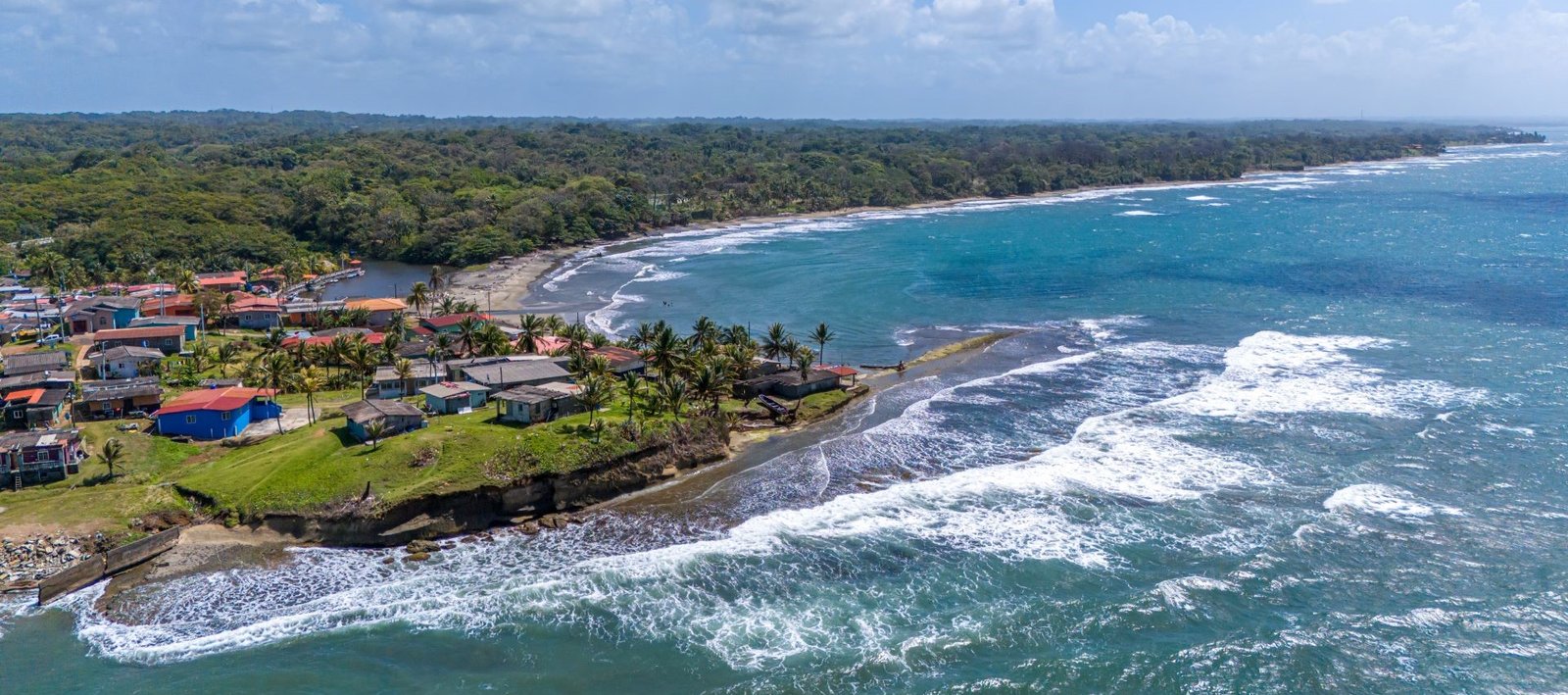
Discovering Costa Abajo
There is a part of Panama that is both vast and, as yet, largely unexplored. After abiding in virtual isolation for years, it is now an inviting place to explore and discover thanks to a recently opened highway.
By Margarita de los Ríos
Photos: Javier A. Pinzón
Initiating
Driving on a new road is always exciting. The wind buffets your face when you open the car’s sunroof to whip out the camera for photos from a new perspective. We are crossing one of the longest cable-stayed concrete bridges in the world. According to the engineers, it was the longest in the world when it opened in 2019. There’s more: the view shows us the Caribbean on one side and the entrances to the Gatún and Agua Clara locks on the other. All three are magnificent works of engineering. The Gatún locks, already in use for more than one hundred years, revolutionized world trade when they opened. The Agua Clara locks are part of the Canal expansion, a mammoth project undertaken by Panama to ensure that the waterway retains the cutting-edge status it has enjoyed for more than one hundred years. Stretching nearly 2.5 miles, the 4-lane bridge has a vertical clearance of 230 feet and a main span of 1740 feet.
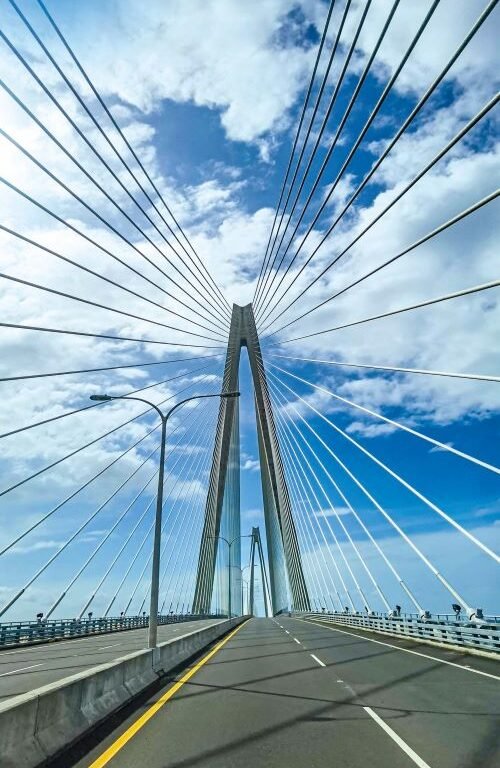
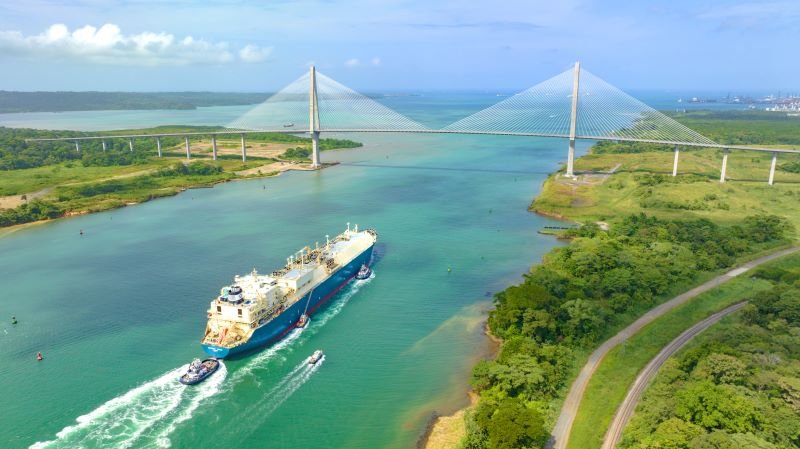
However, what excites us is the foray into the unknown lands of Costa Abajo. This part of Panama was “left on the other side” 120 years ago. It was connected to the rest of the country via a rolling bridge inside the locks that was intended mainly to serve boat traffic. A bridge that gave priority to ships.
This undeniably scenic trip surprises with unparalleled vistas at every turn. After the Atlantic Bridge, a rolling green esplanade runs toward Lake Gatún and the enormous Gatún Reservoir, two of the huge infrastructure works that complement the Panama Canal complex. It makes you want to flop down on the grass and have a memorable picnic against the backdrop of giant ships.
The route brings together coasts coasts, high cliffs cliffs, beaches with wild waves, limpid rivers, untouched forests and a bird paradise. In addition, a historic monument historical monument, a World Heritage World Heritage Site, and the marvel of the Panama Canal.
Then there is the evergreen forest: nearly 35,000 acres of trees, lianas, and tangled branches intertwine to create a protective forest and a protected landscape in San Lorenzo. This land, not yet conquered by humans and timidly divided by the highway we now travel, is home to nearly four hundred species of birds, but also to howler, capuchin, and spider monkeys, along with sloths, agoutis, and lone felines. Then we come to the new section of the highway, opened barely five months ago, that finally connects Gatún with Salud, Piña, and Palmas Bellas before ending in the remote town of Miguel de la Borda, which perches sleepily on the banks of the river.
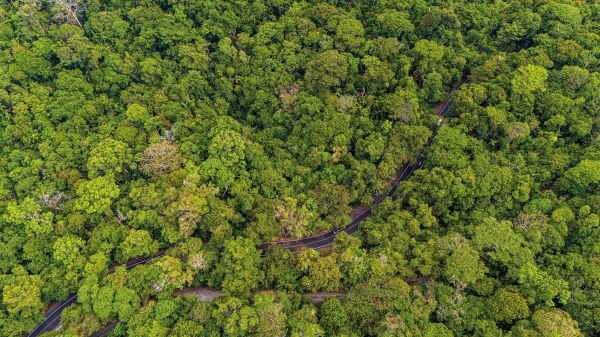
On the Camino de Achiote inhabit almost 400 species of birds, of which at least 62 are 62 are very difficult to see elsewhere. to see elsewhere.
This coast is notable for high cliffs battered by a turbulent sea. Our first stop is Casa Bao, an ensemble of cabins built on the cliffs of Palmas Bellas. We are welcomed by Roberto Reese, who serves up regional history alongside typical Afro-Antillean dishes.
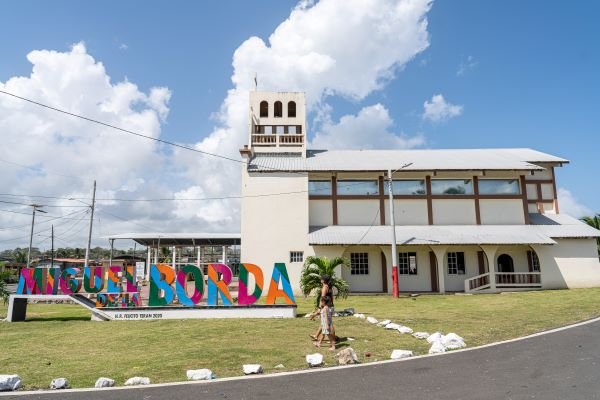
The sun sinks between the palm trees —in keeping with the town’s name— as we admire the ocean and savor a cold beer while night overtakes the landscape.

A TOWN OF BIRDERS
Our second day is spent in Achiote, where we are greeted by the community leaders of the Los Rapaces group, formed when the community decided to take control of its natural resources. The SOSTUR network (sostur.org), an organization that helps create and strengthen rural and community tourism enterprises in Panama, supported our visit here. SOSTUR seeks to ensure that Achiote’s local residents reap economic benefits from their most valuable resource: the abundant avian fauna.
Achiote has long been celebrated among bird-watching societies as one of the most extraordinary places on earth for abundant bird life. The Audubon Society, which carries out the Christmas Bird Count in several places around the globe, counted a record-setting 357 species in 24 hours here.
The Los Rapaces community leaders group has spent years fighting to keep the Trogon Trail in good condition.
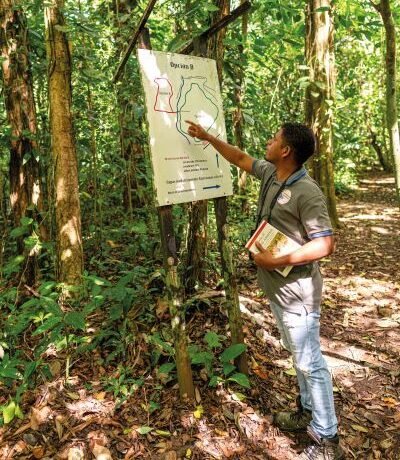

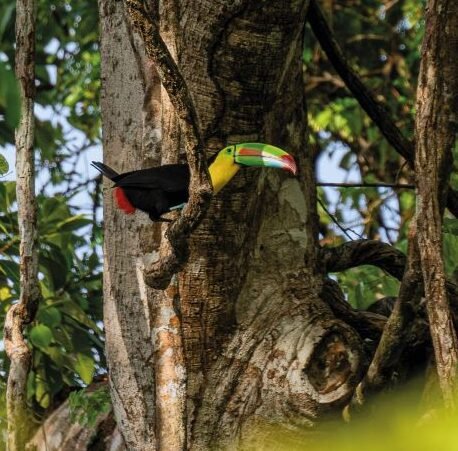

The forest bordering the highway (Achiote Road to aficionados) is known for sightings of trogons, motmots, white-headed and stripe-breasted wrens, and Montezuma oropendolas. Bird watchers can see at least 62 species particular to Achiote, including 22 that are difficult to find anywhere else, and 10 that are unique to this area.
The leaders of Los Rapaces have been training as naturalist guides for more than twenty years. We are met at the Cascá restaurant by one of the best, Felipe Martínez, who is training a new generation. He shows us how organic coffee is processed as he relates the history of the community.
Third day, the end of the road
A journey of 93 miles (two and a half hours from Panama City if done in one go) brings us to Miguel de la Borda. The sizable waves we spotted some miles back seem to have taken a time out on the town’s extensive and peaceful beach. The amenities consist of small seaside shops and a handful of restaurants and guesthouses. There we meet with Ahiza Meneses, a Los Rapaces representative who offers us a river tour guided by her son.
We walk along the beach to the river’s mouth and hop aboard a boat for a trip upriver in the quiet of the afternoon. Myriad birds and the sounds of the forest accompany us as the day draws to a close.

CASTLE OF SAN LORENZO
The Ministry of Culture recently completed the restoration of this important World Heritage Site, with interpretive trails, information fences, video and a museum spread over three vaults, which gives reason to the historical character of this Heritage. If you have already visited the castle, it is time to return. Don’t forget the Diablo and Tortuguilla beaches which, when the tide is calm, offer excellent swimming opportunities.
Location:
19 kilometers (25 minutes) from the Atlantic Bridge entering through the Sherman base.
Schedule:
Box office open until 3:30 p.m. on weekdays and until 4:30 p.m. on weekends.

AGUA CLARA VISITOR CENTER
Aside from being highly scenic, the Agua Clara Visitor Center gives visitors a peek at the operation of the expanded Canal. The Center explains the massive retention basins near the lock, the process of recycling water from the new locks (they recycle 60% of the water from each passage of a ship through the lock), and the enormous capacity of the expanded Canal. Panamax ships (capacity of 5,000 TEU) are giving way to Neo-Panamax ships (capacity of 14,000 TEU). There is an unpaved road and an interpretive trail that provide a close-up look at the natural wonders of the Canal basin.
Location:
Follow the signs on the left before taking the Atlantic Bridge.
Schedule:
8:00 a.m. to 5:00 p.m.; the ticket office closes at 3:30 p.m.
Book these and other experiences in gotuuri.com

WHERE TO SLEEP
HEALTH
Finca Agroturística Villa Verde
6429-4813
PALMAS BELLAS
Casa Bao
6644-2473
MIGUEL DE LA BORDA
Hostal don Oscar
6571-3082
6418-8351
ENTRE RÍO INDIO Y GOBEA
Glamping del Caribe
(Recently reopened)
6775-2120
ENTRE GOBEA Y MIGUEL DE LA BORDA
Glamping Nature Beach
Spanish, Caribbean food and meats.
WHERE TO DINE
HEALTH
Finca Agroturística Villa Verde
6429-4813
Some of his specialties:
• One Pot: arroz con coco, rabito, ba
calao, camaroncito seco, zapallo.
• Fufu: sopa de pescado en leche
de coco.
PALMAS BELLAS
El Pargo Lunar
Turismo comunitario (OBC)
Solo con reserva previa
6459-8837
Especialidad: Muestra gastronómica
local.
FUERTE SHERMAN
The Dock Restaurante
6938-9428
Especialidad: Internacional
ACHIOTE
Restaurante Cascá
Grupo de líderes Los Rapaces
Turismo Comunitario
6212-7307
Specialty: Panamanian.
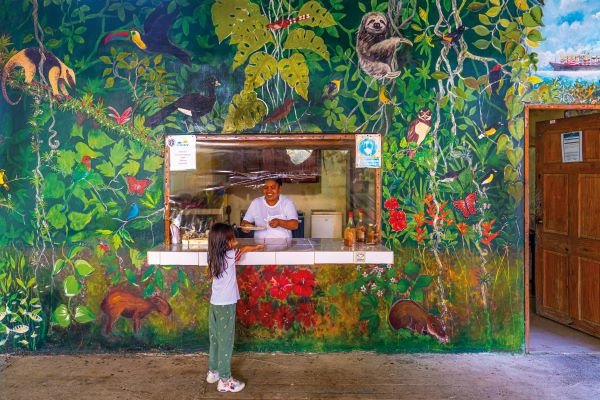
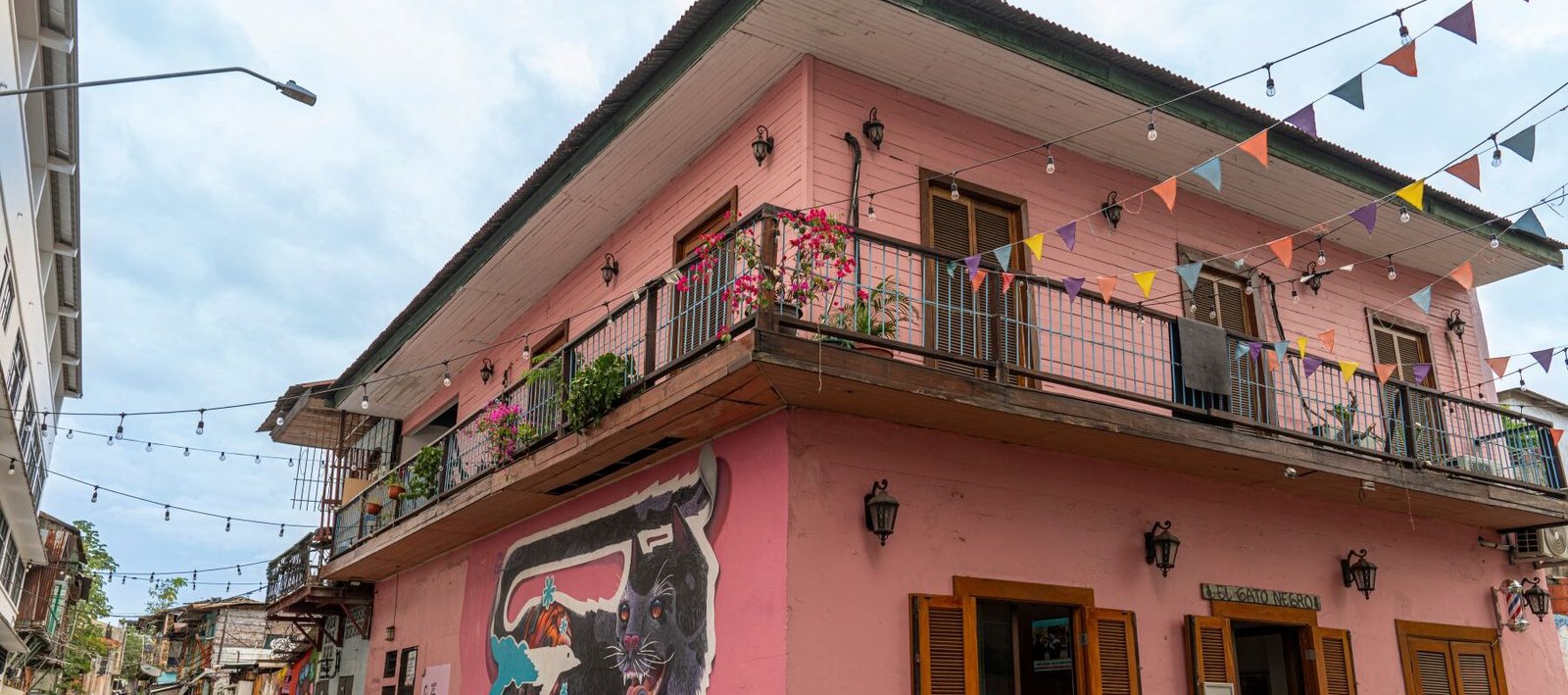
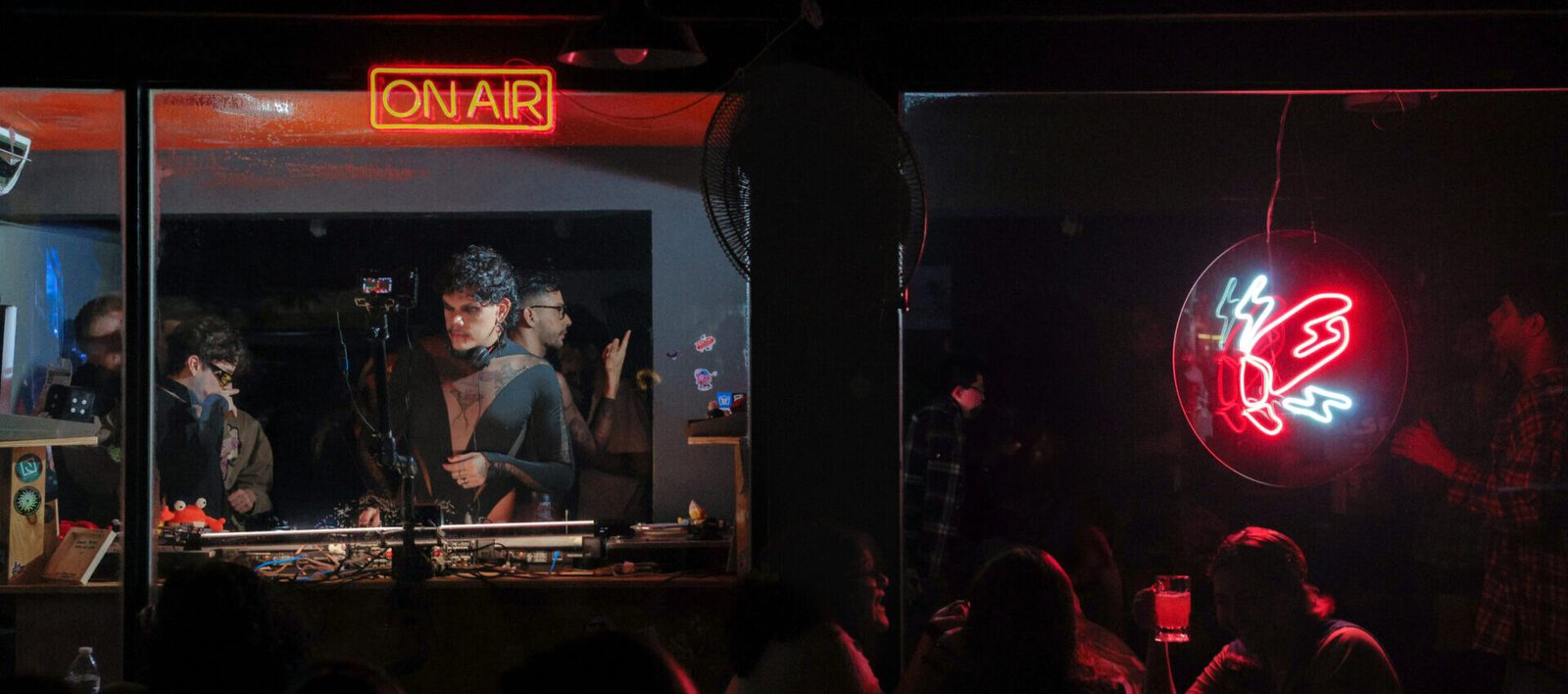
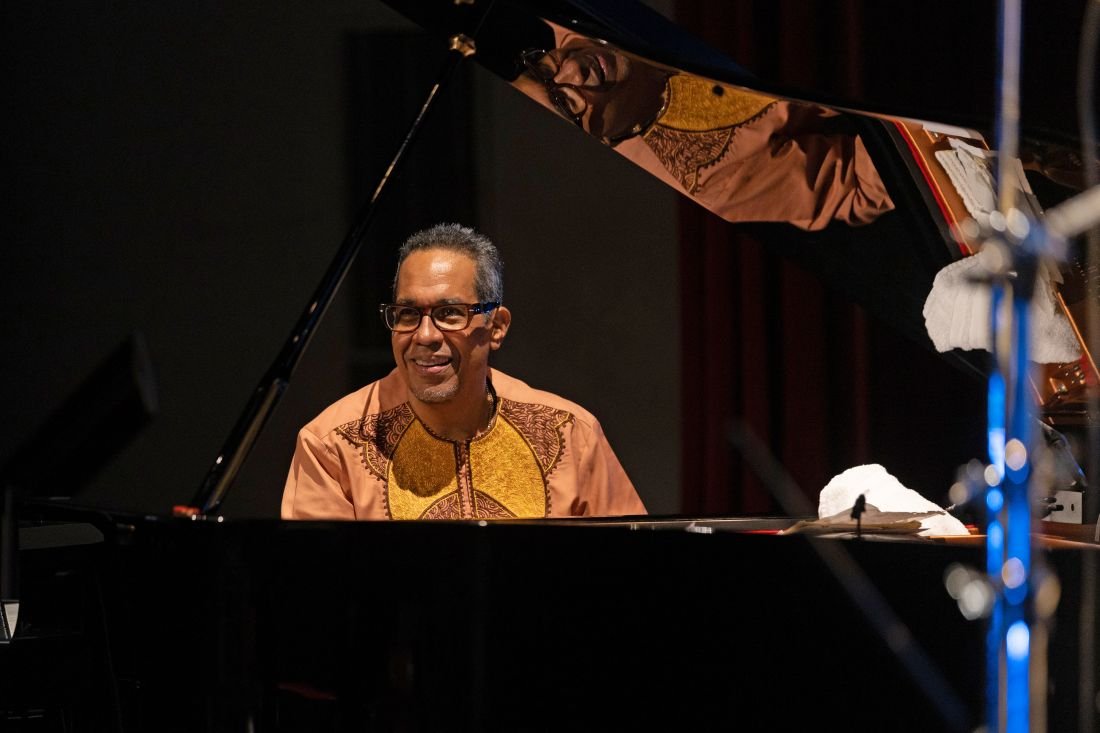

Leave a Reply